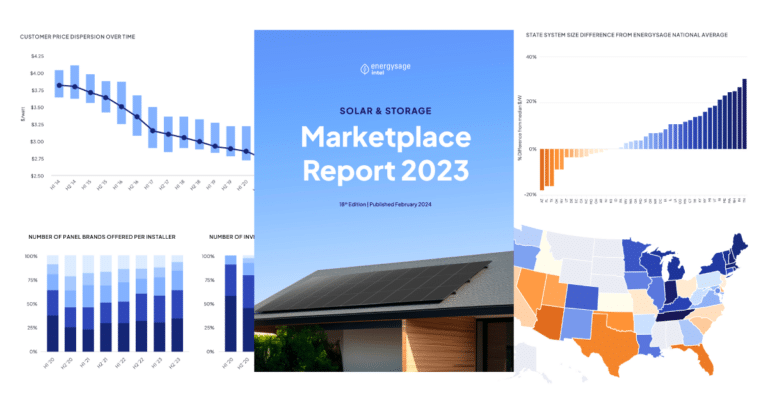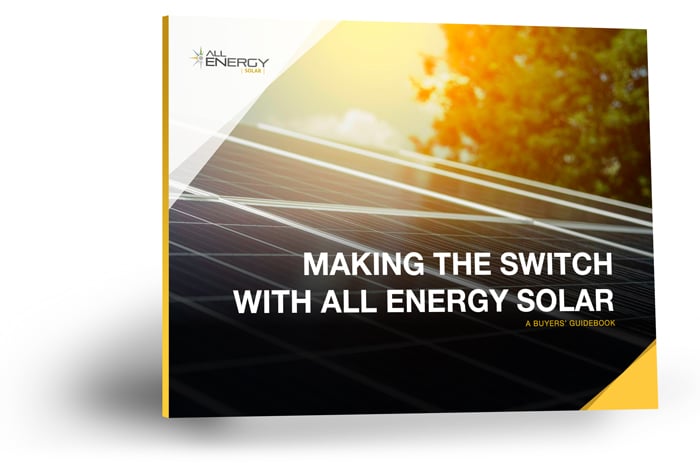As consumer concerns over the power grid’s stability, market volatility, and a desire for energy independence rise, solar batteries are growing in popularity. There’s a lot to know before you decide to add a battery system to your solar installation project, but here’s a quick buyer’s guide snapshot that can help get you started.

Grid-tied or standalone
Battery systems come in one of two forms—a grid-tied system or a standalone one. Grid-tied systems typically use the battery as a backup for when power is unavailable due to the time of day, disruption to the grid, or as a way to meet power demands when rates are at their peak. Standalone systems are self-contained and allow the property owner to meet all energy needs without reliance on the power grid. Typically a grid-tied system is designed to offer short-term support helping to power critical loads such as a refrigeration unit and, as a result, require a much smaller capacity size. In contrast, a standalone system needs to meet all the power needs of a property at any given time and requires a more robust battery system size.
Getting the right fit for your needs
There are many technical details required to outfit your solar photovoltaic system with a solar battery. These will include details like power rating, capacity, efficiency, and even battery chemistry. However, a certified and experienced installer should be able to help you navigate those items. What you’ll want to focus on is communicating to your installer a few critical pieces of information so they can make sure you get the correct battery for your needs.
- What’s your primary goal?—Are you looking to go off-grid, or are you simply looking to avoid the inconvenience of a short-term power outage?
- How much power do you “need?”—What are your current energy demands, and do you have plans to make any significant additions, e.g., an electric vehicle, a pool or major home addition, and are any of these essential needs?
- Cost vs. convenience?— Lead-acid batteries are less expensive, highly reliable, and relatively easy to obtain when compared to lithium-ion batteries. However, lead-acid batteries do require a fair amount of dedicated space in a controlled temperature environment and need regular monitoring and maintenance. In contrast, lithium-ion batteries are popular because they require very little space, are virtually maintenance-free, store more energy than a lead-acid battery of the same physical size, and have longer operating lives. However, lithium-ion batteries are far more expensive, costing as much as double the price of their lead-acid counterparts for similar storage capacity.
To learn more about how you can gain greater energy independence by adding a solar photovoltaic system and battery backup, contact an All Energy Solar representative or, for more articles and solar updates like this, subscribe to the All Energy Solar Blog!



